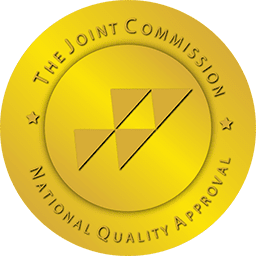Why Are Opiates Effective Pain Relievers?
The primary action of opiate-based drugs is to create a numbing effect on the body’s pain receptors, relieving chronic pain. However, opiates also produce euphoria in high doses, which can be very addictive and dangerous.
What are opiates? They are a commonly known class of drugs favored for their analgesic effect on even the most severe pain. The primary action of opiates is to create a numbing effect on the body’s pain receptors. The secondary action is giving the patient a marked sense of euphoria.
Many people aren’t aware that our brains produce their natural opiates. Whether pharmacological or endogenously, these chemicals work by activating brain receptors, known as G protein-coupled receptors or GPCRs. It had been assumed that all opioids interacted the same way with the pain receptors no matter where they came from.
How Do Opiates Exactly Relieve Pain?
According to a 2018 study conducted at the University of San Francisco, Dr. Mark von Zastrow set out to test if the different types of opiates bind to pain receptors the same way. They found that the drugs, as opposed to naturally produced opiates, created an accelerated effect. This rapid onset could help explain the drug versions’ inherent negative side effects. It is hoped that understanding this chemical process will help scientists create new pain relievers without addictive consequences.
“This groundbreaking study has uncovered important distinctions between the opioids that our brain makes naturally and therapeutic opioids that can be misused,” says NIDA Director Dr. Nora D. Volkow. “This information can be mined to better understand the potential adverse actions of medically prescribed opioids and how to manipulate the endogenous system to achieve optimal therapeutic results without the unhealthy side effects of tolerance, dependence, or addiction.”
According to a 2018 study conducted at the University of San Francisco, Dr. Mark von Zastrow set out to test if the different types of opiates bind to pain receptors the same way. They found that the drugs, as opposed to naturally produced opiates, created an accelerated effect. This rapid onset could help explain the drug versions’ inherent negative side effects. It is hoped that understanding this chemical process will help scientists create new pain relievers without addictive consequences.
Are There Alternatives to Opiates for Pain Relief?
Yes, there are safe and effective alternatives to opiates for pain relief that don’t carry the same danger of addiction and dependency. Alternatives to opioid medication can often include:
- Over-the-counter pain relievers like acetaminophen or NSAIDs like ibuprofen and naproxen.
- Marijuana and its derivatives like CBD.
- Nerve Blocks
Certain antidepressant medications can be beneficial for certain specific conditions:
- Selective serotonin reuptake inhibitors (SSRIs) like Prozac (Fluoxetine),
- Selective and norepinephrine reuptake inhibitors (SNRIs), like Cymbalta (Duloxetine).
- Tricyclic antidepressants such as Amitriptyline.
While not fully understood, these medications are believed to increase the neurotransmitters in the brain, like serotonin. Even without the risks associated with opioids, these alternatives come with their own common (but non-addictive) side effects:
- Drowsiness
- Dry Mouth
- Nausea
- Blurred Vision
- Weight Gain
- Sexual dysfunction
In addition to drugs and supplements, many people find lifestyle changes to be helpful:
- Acupuncture
- Chiropractic
- Yoga/Tai Chi
- Massage therapy
- Relaxation/Mindfulness
Getting Over Opiate Dependence With Treatment
No one method will likely give patients complete relief, but a combination of therapies can provide a helpful roadmap that patients and practitioners can navigate to find what is right for each individual. Absolute Awakenings offers addiction treatment specializing in opioid dependence and helping families affected by opioid abuse. Contact us around the clock for confidential help and guidance on tackling opioid use disorders.
References
- Cohen B, Ruth LJ, Preuss CV. Opioid Analgesics. In: StatPearls. StatPearls Publishing; 2022. Accessed January 16, 2023. http://www.ncbi.nlm.nih.gov/books/NBK459161/
- Stoeber M, Jullié D, Lobingier BT, et al. A Genetically Encoded Biosensor Reveals Location Bias of Opioid Drug Action. Neuron. 2018;98(5):963-976.e5. doi:10.1016/j.neuron.2018.04.021
- Turner AR, Agrawal S. Marijuana. In: StatPearls. StatPearls Publishing; 2022. Accessed January 16, 2023. http://www.ncbi.nlm.nih.gov/books/NBK430801/












